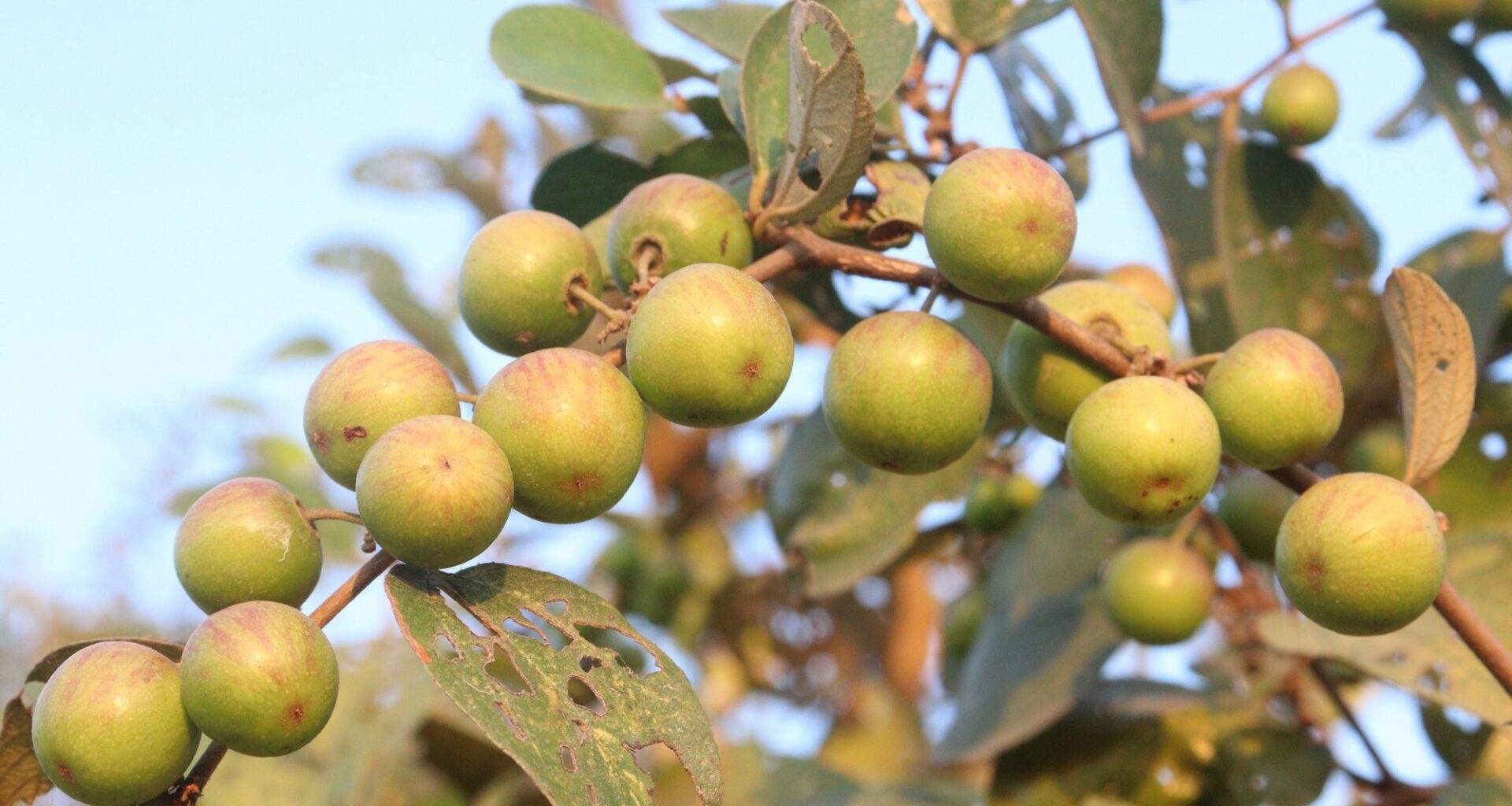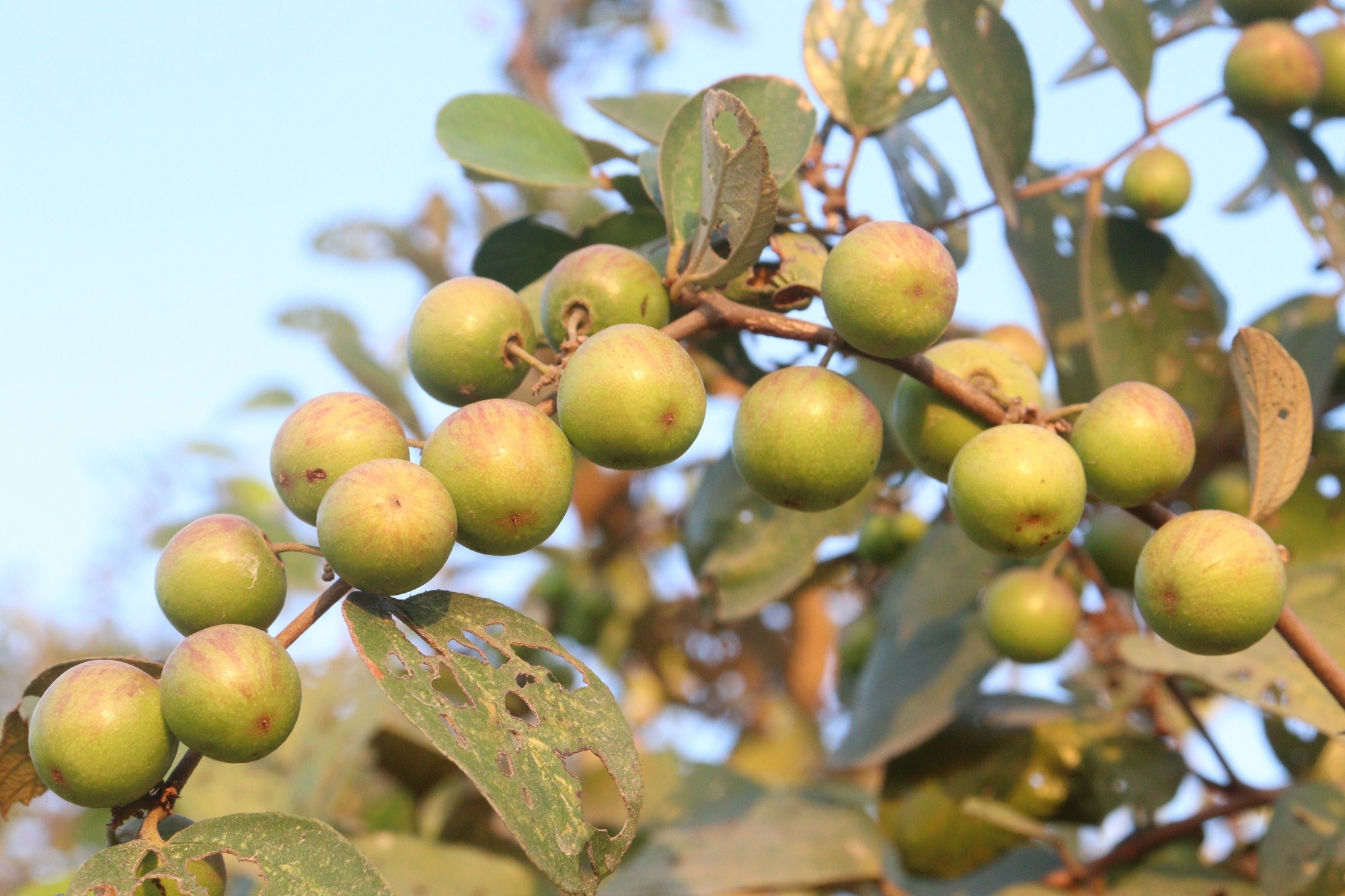Scientists in Malaysia have revealed that methanolic extracts from Ziziphus mauritiana leaves outperform other plant parts against bacterial and fungal strains, offering early evidence of this tropical fruit tree’s medicinal promise.
Study: Exploring the antimicrobial potential from various parts of Ziziphus mauritiana Lam.Image Credit: CMYK MAKER / Shutterstock
In a recent study published in the journal Scientific Reports, researchers evaluated the antimicrobial potential of parts of a tropical fruit tree, Ziziphus mauritiana. Z. mauritiana, known as Bidara in Malaysia, is a tropical fruit tree capable of growing up to 15 meters and has a robust trunk, glossy green leaves with paler undersides, and distinctive drooping branches with spines. Its fruit, the Indian jujube, has a sweet, date-like flavor.
Various parts of the plant have nutritional and traditional medicinal uses. Z. mauritiana leaves possess diverse pharmacological activities, including antioxidant, antimicrobial, immunomodulatory, and cytotoxic properties. Its fruits also contain bioactive compounds, including saponins, triterpenoids, and alkaloids. However, clinical use of Z. mauritiana is uncertain due to poor understanding of its antimicrobial efficacy and the lack of comprehensive toxicological data.
These findings are based solely on in vitro experiments using crude methanolic extracts with descriptive statistics only, and should not be interpreted as evidence of clinical efficacy.
About the study
In the present study, researchers evaluated the antimicrobial activity of Z. mauritiana extracts. Plant leaves, bark, roots, fruits, and stems were collected from two sites in Tuaran, a Malaysian district.
Methanolic plant extracts were prepared using the maceration method. About 10 grams of each sample was extracted in 100 mL of 80% methanol. Samples were placed in a water bath for 48 hours, and the mixtures were filtered to remove solid waste.
The obtained solvents were evaporated, and the dried powder was collected and diluted with 0.8% methanol to prepare 1 mg/mL extract solutions. The disc diffusion method was used to examine the antimicrobial effects of the extracts against Fusarium solani and Escherichia coli.
Sterile paper discs impregnated with extracts were placed on Mueller-Hinton agar (MHA) plates inoculated with E. coli or F. solani. Streptomycin and methanol were positive and negative controls, respectively. Cultures were maintained on tryptic soy agar (TSA) and tryptic soy broth (TSB), with F. solani maintained on potato dextrose agar (PDA).
Inocula were standardized to approximately 30–300 colony-forming units (CFU). Discs were 6 mm in diameter and loaded with 20 μL extract. Plates were incubated for 24 hours at 25 °C for F. solani and 35 °C for E. coli. Disc diffusion tests were performed in six replicates, and MIC and MBC (MFC) tests were conducted in triplicate. Only descriptive analysis was reported.
The plates were incubated for 24 hours, and the inhibition zones were measured. The minimum inhibitory concentration (MIC) and the minimum bactericidal or fungicidal (MBC/MFC) concentration of the extracts were determined at varying concentrations: 0.2 mg/mL to 1 mg/mL.
For MIC tests, 1 mL of the extract was added to different test tubes containing 9 mL of tryptic soy broth. Each test tube was inoculated with 0.1 mL of E. coli or F. solani and incubated for 24 hours. Turbidity was visually examined after incubation, and the lowest concentration of the extracts without visible growth was the MIC.
For MBC/MFC tests, samples from test tubes with no turbidity were streaked onto MHA plates and incubated for 24 h. The lowest concentration with no colonies was the MBC/MFC.
Findings
Streptomycin showed the highest inhibition against both F. solani and E. coli, while methanol showed no significant inhibition (28.28 mm²). The leaf extracts showed the highest antibacterial activity, followed by bark, stem, roots, and fruit extracts.
Inhibition zones against E. coli were 516.2 mm² for streptomycin, 101.4 mm² for leaf, 98.1 mm² for bark, 88 mm² for stem, 67 mm² for root, and 64.3 mm² for fruit extracts.
Consistently, the leaf extracts showed the highest antifungal activity, followed by root, stem, bark, and fruit extracts. The corresponding inhibition zones (against F. solani) were 88.1 mm², 86.4 mm², 69.3 mm², 62.3 mm², and 50.1 mm², respectively; for streptomycin, the inhibition zone was 1,018.4 mm².
Notably, the root extract demonstrated near-equivalent antifungal activity to the leaf extract. Further, fruit and leaf extracts showed similar MIC values against F. solani (0.8 mg/mL) and E. coli (0.6 mg/mL).
The MIC of bark and root extracts was 0.8 mg/mL against both species. It was 1 mg/mL for stem extracts against both species. The MBC/MFC of leaf, root, and fruit extracts was 1 mg/mL against F. solani and 0.8 mg/mL against E. coli.
The bark extracts had an MBC/MFC of 1 mg/mL against both species. MBC/MFC values of stem extracts were greater than 1 mg/mL, suggesting no bactericidal or fungicidal activity at tested concentrations.
Conclusions
In sum, the study demonstrated the antimicrobial potential of different parts of Z. mauritiana. The leaf extracts showed the highest antibacterial and antifungal activities, with inhibition areas of 101.4 mm² and 88.1 mm², respectively. The root extract also exhibited strong antifungal effects, nearly matching leaf performance. Other plant parts exhibited moderate or weak antimicrobial activity.
Future research should focus on characterizing the bioactive compounds via bioassay-guided fractionation, evaluating cytotoxicity and safety, and expanding microbial panels with appropriate statistical analyses to confirm efficacy.


